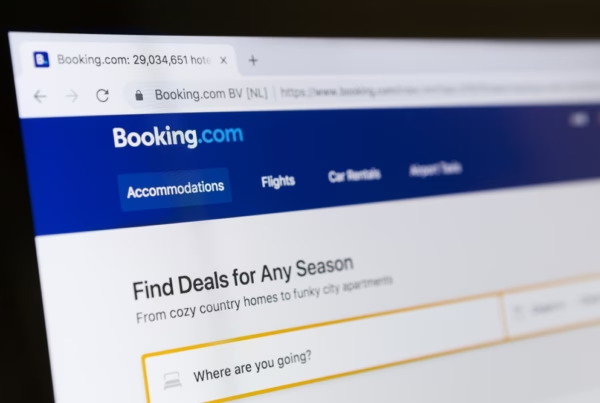123Compare.me’s World Parity Monitor has just released its May report. It looks at which online intermediaries dominate visibility, both in paid placements and organic results, and breaks down whether OTAs are competing more on presence or price.
SUMMARY
- The major OTAs, Booking and Expedia groups, concentrate nearly all visibility in both organic and paid spaces, with Booking leading the charge, always bidding for your hotel.
- Secondary OTAs barely use sponsored links (paid spaces), except for some local champions that gain strength at the local level.
- The lose rate of a hotel’s direct rate versus the OTAs is higher in paid spaces than in organic ones.
- Looking at recent months, there are no significant changes in organic visibility between 2024 and 2025 for either Booking.com or Expedia. However, in paid spaces, Booking.com has slightly reduced its presence while Expedia has increased it.
1. BML Average
May’s BML stands at 30%, reflecting a 5-point decrease from April, as shown in Chart 1.
Chart 1. Average | May 2025 | Beat, Meet, and Lose

Source: World Parity Report | May 2025
2. Most Aggressive OTAs
Regarding pricing strategies, major groups like Booking and Expedia maintain less aggressive pricing compared to other online intermediaries. They also show a drop in their lose rate compared to April (see Chart 2).
Chart 2. OTAs and Metasearch bit the Most Aggressive Pricing Policies

Source: World Parity Report | May 2025
3. Who Has Greater Visibility: Major OTAs or the Rest?
- Booking.com and Expedia Group continue to dominate visibility in both paid and organic search results (see Chart 3), with Booking.com leading overall across both channels.
- In contrast, secondary OTAs make limited use of paid placements and rely more heavily on organic visibility—often with a strong local presence. Notable examples include Despegar.com in Argentina, MakeMyTrip in India, Traveloka in Southeast Asia, and Ctrip in China.
Chart 3. Impression Share: Major OTAs vs. the Rest OTAs

Source: World Parity Report | May 2025
4. When Are Major OTAs More Aggressive: In Paid or Organic Spaces?
- Major OTAs tend to be more price-aggressive in paid placements than in organic listings, as reflected by higher lose rates in paid spaces.
- The gap varies by brand—ranging from a modest 1% difference for Hotels.com (Expedia Group) to a significant 15% for Agoda (Booking Group) (see Charts 4 and 5).
Chart 4. BML Sponsored Links: Booking.com and Expedia Group

Source: World Parity Report | May 2025
Chart 5. BML Organic Links: Booking.com and Expedia Group

Source: World Parity Report | May 2025
5. Is Paid Visibility Increasing for Major OTAs?
- Organic visibility has remained relatively stable, with no notable changes in impression volume during the first months of 2025 compared to the same period in 2024 across any major OTA group.
- In contrast, shifts are more apparent in paid visibility. Booking.com has slightly reduced its presence in paid placements (see Chart 6), while Expedia has expanded its paid impression share (see Chart 7), indicating a more aggressive investment in sponsored visibility.
Chart 6. Paid Visibility Evolution: Booking.com (%)

Source: World Parity Report | May 2025
Chart 7. Paid Visibility Evolution: Expedia (%)

Source: World Parity Report | May 2025
6. Where Do Major OTAs Compete Most for Visibility?
- In Europe, Booking Group leads in sponsored impression share and maintains a relatively low lose rate (≈17.6%), with the notable exception of Switzerland. There, the group breaks its usual pattern of stable and controlled leadership, showing increased price aggressiveness. This shift may be tied to a recent regulatory decision requiring Booking to reduce its hotel commission fees by 25%, which could disrupt the competitive landscape in the coming months.
- In Asia, the pricing environment is far more aggressive. Both Booking and Expedia face higher lose rates across the region. In India, Booking is especially priceaggressive compared to Expedia, though the broader trend reflects Asia’s heightened competitiveness and elevated lose rates versus Europe.
- In the Americas, Expedia adopts a more aggressive pricing strategy in Latin America to compensate for its lower visibility—raising its lose rate, especially in South America. For instance, in Argentina, Booking commands 91.7% visibility, while Expedia’s lose rate spikes to 55%.
Conversely, in North America—particularly the United States—Expedia maintains a moderate lose rate, suggesting a mature, stable market where pricing pressure is less intense. Here, Expedia’s visibility is strong, indicating its strategic reliance on brand strength and volume rather than price undercutting.
- In Africa, both OTAs exhibit high lose rates. In South Africa, Booking dominates visibility (93.9%) but also records a high lose rate of 48.8%, highlighting intensified price competition despite its leading position.
- In Australia, Booking also holds the lead in visibility (87.6%) and keeps a moderate lose rate (19.9%). Expedia, while trailing in visibility (57.2%), remains pricecompetitive (lose rate 23.7%). Unlike other regions, Australia appears to be a relatively balanced market, with less extreme pricing tactics from both players.
7. Our Guest Expert view
Claudia Rodríguez, Business Unit Director at Sekuenz, highlights the value of the World Parity Monitor as a strategic tool for optimizing direct sales. From her perspective, the report provides a key insight into OTA visibility dynamics—both in paid and organic spaces—and allows hoteliers to assess not only their current level of visibility, but also the risks associated with the aggressive pricing strategies employed by OTAs.
She notes that the concentration of visibility among major OTAs (Booking and Expedia) reinforces the need for hotels—especially independents—to adapt their distribution strategies accordingly. Claudia also underscores the importance of the report’s finding that the lose rate is higher in paid spaces than in organic results, which reflects more aggressive behavior in promoted campaigns.
She suggests that the data be segmented by hotel type, as independent hotels face visibility challenges that are not shared by large chains. She also warns of the implications of OTAs controlling payments and inventory, which can limit a hotel’s pricing autonomy.
Finally, Claudia emphasizes how differences in how prices are displayed—for example, whether or not they include taxes—can affect a hotel’s international competitiveness, particularly for independents. She concludes that in-depth knowledge of market rules and sustained investment in the direct channel are key to improving both visibility and profitability.
About WPM
The World Parity Monitor is an open-access study by 123compare.me. It complements our price parity management and direct channel conversion service for hotels.
The World Parity Monitor provides insights into price parity trends in 3, 4, and 5-star hotels. It covers the 60 most important tourist destinations worldwide.
The study analyzes 5 million monthly comparisons in Google Hotels. It uses a consistent sample of more than 6,000 hotels. This allows an evaluation of price differences between hotels’ direct rates and those offered by OTAs.
The analysis considered a representative sample for different occupancies, lengths of stay, and booking lead times. Each first month of the quarter, an additional analysis examines country of origin, mobile device usage, and occupancy with children. Month-to-month temporal analyses are performed using comparable metrics.
Methodology: Key Performance Indicators (KPIs)
- Beat: The hotel’s direct price is lower than on OTAs.
- Meet: The hotel’s direct price and OTA prices are similar (+/- 0,5%).
- Lose: The OTA price is lower than the hotel’s direct price.








